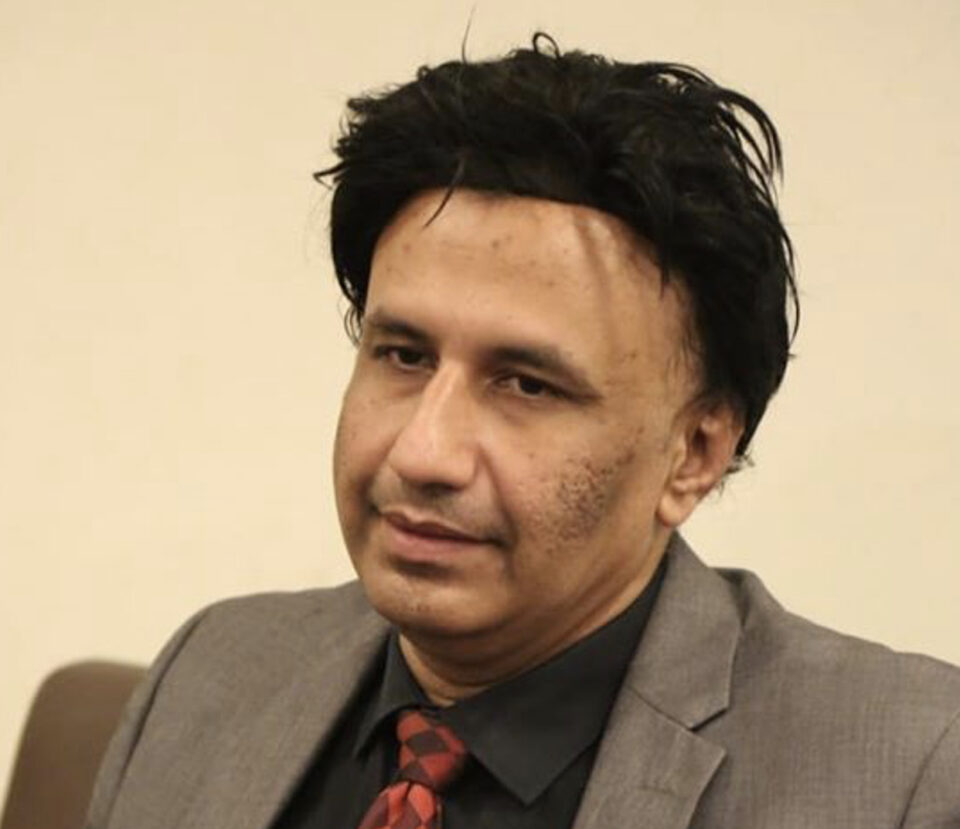By Aamir Abbas Chaudhry
The veracity of present age dynamism stresses a best fit between quality and education in universities. This configuration is envisioned to deliver greater value of money to students and a superlative form of empowerment to make the next generation more productive, socially and economically stable and resilient. In most parts of the world, poor quality of education has been associated with and becoming a consistent source of condemnation on universities. The capitalist mindset, despicable understanding about quality standards coupled with implementation issues and high expectations from societies due to the very nature of change catalyst are exposing and putting universities in difficult situations.
It is pertinent to recognize that universities are multidimensional. At times, we presume a high degree of social responsibility through faculty and students’ civic engagement movements. When it comes to knowledge delivery, the teaching and pedagogy used are important considerations. The goodwill that a university has earned in one discipline over a period of time due to adoption of best practices and its expertise in teaching may not be generalized for all other academic programs and resources. Knowledge discovery is another mandate and it demands strengthening the existing body of knowledge as well as solving real world issues through research. A university may become good in teaching but struggling in research and vice versa. Similarly, a university producing a large number of publications can be criticized on account of meager contribution towards solving issues related to society due to its weak portfolio of applied research. Another challenge is to attract, develop and retain a fine mix of faculty having heterogeneous talents that can give sustainable competitive advantage. Moreover, higher education regulators anticipate zero tolerance on matters related to governance amidst financial and non-financial limitations. These multiple dimensions and layers of sub-dimensions make the entire system of universities complex and classify them as beleaguered institutions.
It is in the best interest of universities leadership and regulators overseeing their performance to realize quality as the only knight in shining armor that can protect and nurture dyadic relationship between graduates and their alma mater. Likewise universities, dimensions of quality are also multidimensional and equivocal, however, there is no escape and concerted efforts of universities by considering quality as the prime ideology can make a positive impact on societies. The most important dimension is the quality of graduates that a university is producing in the age of generation Z and alpha. The quality of graduates is the aftermath of (1) quality in instructions, (2) quality of curriculum and (3) quality in assessments. The compromised approach in student assessment is a wrongdoing that will only augment destruction in this world.
If universities are sensitized about quality and their repute then there should be no excuse on adoption of student centric practices. The consistent feedback to students about their progression and flimsy areas is essential as well as student recognition for good performance. The mapping of program learning outcomes (PLOs) and every course learning outcomes (CLOs) and designing assessment rubrics in line with this mapping ensures quality and university’s commitment in honing the technical, soft and life skills of its graduates. The other barometer of quality of students is the employability of its graduates and producing Nobel laureates. The faculty and student engagement in producing research that can be commercialized and solve real world problems is another indicator of quality which should not be ignored. The seal of quality with respect to R&D is also the ability of any university to win research grants and corporate consultancy projects through students and faculty engagement.
The quality in universities also exclusively covers the outreach i.e. total number of active national and international students because ultimately more number of students help universities with respect to financial sustainability. The increase in student numbers is also the reflection that university is or becoming an institution of choice. The misconception about offering a wide range of academic programs need to be understood that if quality is alien then diverse offering of degrees is nothing different than a menu card of a restaurant.
The significance of accreditations, rankings, industry-academia linkages, noteworthy social responsibility contributions, academic connections, alumni relations, faculty and student satisfaction, and excellence in governance through documentation is undeniable because these key performance indicators are evergreen practices of quality assurance and quality enhancement in higher education. The accreditations and rankings in particular give confidence to prospective and existing students about the respectable standing of the university. The universities if run with a business mindset are not harmful if the philosophy of business is consistent with nobility, service, and ethics and not with money-making only. The repute-cognizant universities will not only understand the multifaceted roles they are supposed to play and dimensions of quality but also realize they should find out ways to advance their propensity to innovate.
The effects in the form of poor performance of universities are clear and argued globally. These effects are mainly and unarguably attributed due to a persistent distance from quality practices. The causes presented in this article as indicators of quality, if not conceivable for full implementation in near future but these are the guiding principles and points to ponder for at least 20 % of major actions that can bring up to 80 % of impact for each university according to its capacity and context. We can transform this world even in the dominance of beleaguered and equivocal realities for universities and quality through mix and match approach. The parsimonious moral of the story is to start meeting and exceeding stated, implied and latent needs of students.
The writer is Director, Quality Enhancement Cell (QEC) at University of South Asia (USA), Lahore, Pakistan (aamir.abbas@usa.edu.pk & director.qec@usa.edu.pk)




